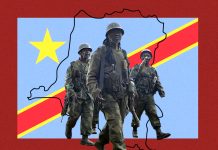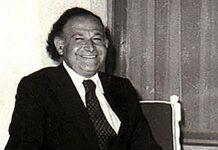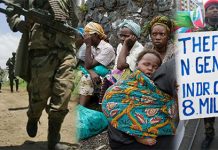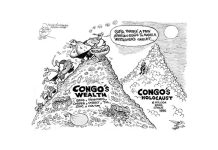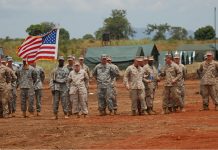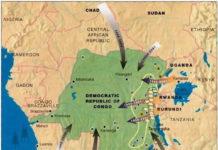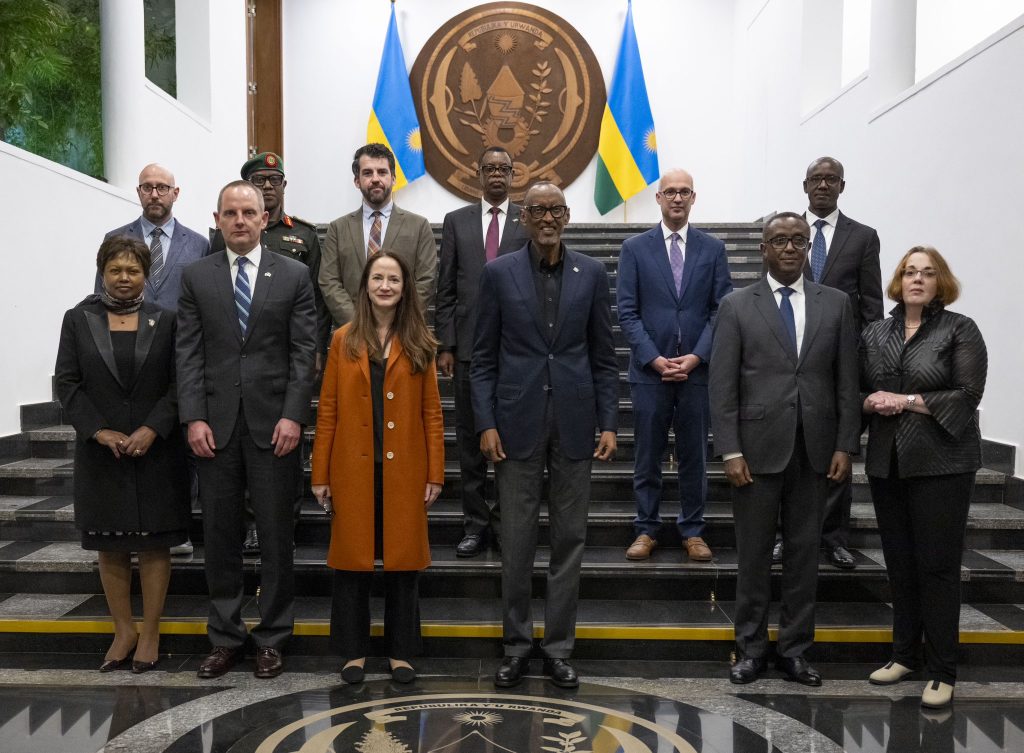
In late November, Avril Haines, the Director of National Intelligence (DNI), traveled to Rwanda and the Democratic Republic of Congo (DRC) for meetings with Rwandan President Paul Kagame and DRC President Felix Tshisekedi.
The stated purpose of the meetings was to try to de-escalate tensions in eastern DRC, which has seen stepped up attacks by M23 and other Rwanda-sponsored militias after Kagame announced a new war against the DRC in advance of elections scheduled to take place in the DRC on December 20.

Headed by Laurent Nkunda, a Kagame loyalist implicated in the massacre of civilians, M23 earned the distinction as among the worst perpetrators of human rights abuses in the world, according to former UN High Commissioner for Human Rights Navi Pillay. In October, Doctors Without Borders treated on average 70 sexual assault victims victims every day at its clinics in Goma, the regional capital of eastern Congo, after its main roads had been seized by M23.
Journalist Keith Harmon Snow, a human rights investigator for the UN and Project Censored award winner who has covered Central African politics and exposed U.S. covert machinations there, said in an interview with CovertAction Magazine that Haines’s visit to Rwanda and the DRC and meetings with Tshisekedi and Kagame (which were held separately) “is a joke.”
According to Snow, “Haines is a muzungu [Swahili term for white person] who knows nothing. Kagame is a pathological liar and sociopathic killer. Rwanda is the problem behind everything in Central Africa, followed closely by Uganda.”
The U.S. has closely aligned with Kagame and Rwanda since Kagame came to power following Rwanda’s 1994 genocide. Roger Winter, a suspected CIA agent who was head of the U.S. Committee for Refugees aided significantly in Kagame’s rise to power and received a decoration on the 16th anniversary of the Rwandan Patriotic Front (RPF)’s victory in Rwanda’s civil war.[1]


In the official story, Kagame saved Rwanda from Hutu genocidaires; however, Snow and other investigators have found evidence showing that Kagame and his RPF Tutsi forces triggered the genocide by invading Rwanda illegally from Uganda where the U.S. supported Yoweri Museveni, and by shooting down Hutu President Juvénal Habyarimana’s airplane following peace talks in Arusha, Tanzania, that would have established a power-sharing arrangement between Tutsi and Hutu.
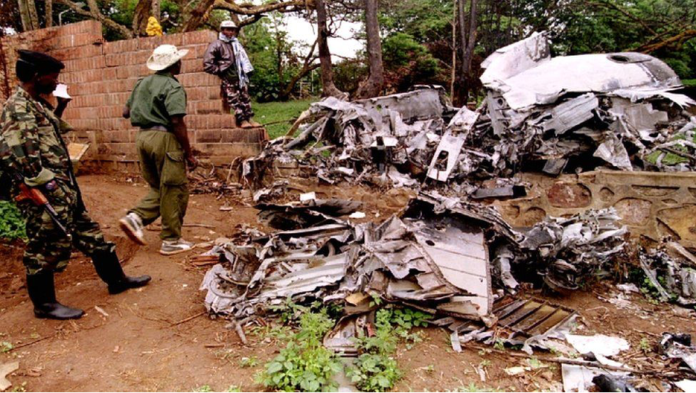
Kagame’s RPF forces committed a huge share of the atrocities in Rwanda’s civil war culminating in the 1994 genocide, and have since helped perpetrate a holocaust in the DRC after invading it multiple times, with U.S. backing. The RPF were killing so many people at one point that they began using open air crematorium to more efficiently dispose of the bodies.[2]
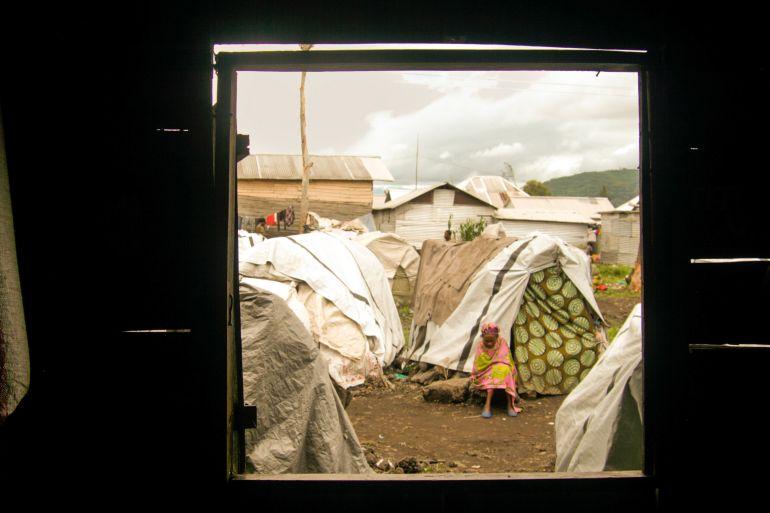
Viewed as a Moses type figure among former Tutsi exiles whom he helped lead out of refugee camps in Uganda, Kagame’s value to the U.S. has long lay in his ability to help open the mineral-rich DRC to U.S. and Western economic exploitation.
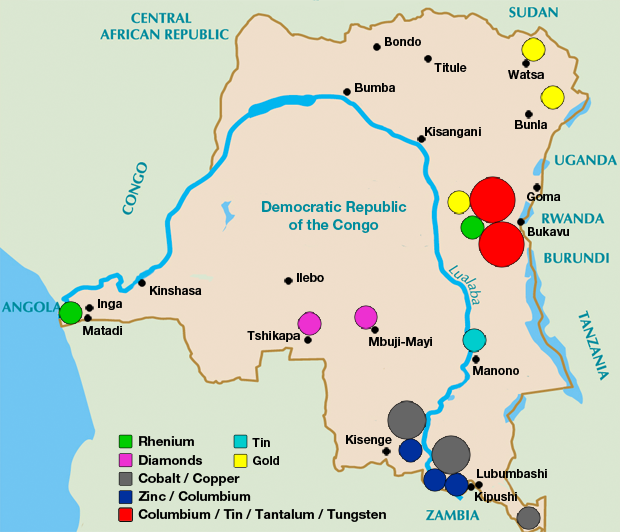
The U.S. has provided Rwanda with $176 million in foreign aid this year, up from $147 million in 2021.
The Rwandan military enjoys a close collaborative relationship with the U.S. Africa Command, having signed a status of forces agreement in 2020 enhancing the number of U.S. military advisers sent to the country, and establishing a partnership with the Nebraska National Guard.

The close U.S. military collaboration with Rwanda extends to the realm of intelligence. In the 1990s, the CIA installed a command and communications center in Kigali and in the coastal areas of Uganda to help support the RPF’s invasion and plunder of the Congo.
The National Security Agency (NSA) at this time supplied Kagame with a portable encrypted Motorola satellite phone from which he could receive advice and intelligence from the U.S. government and CIA provided satellite imagery of refugee movements, some of it through the defense contractor Bechtel. In February 1997, 160,000 Hutu refugees were spotted through this technology and subsequently attacked in a swampy area known as Tingi Tingi.[3]
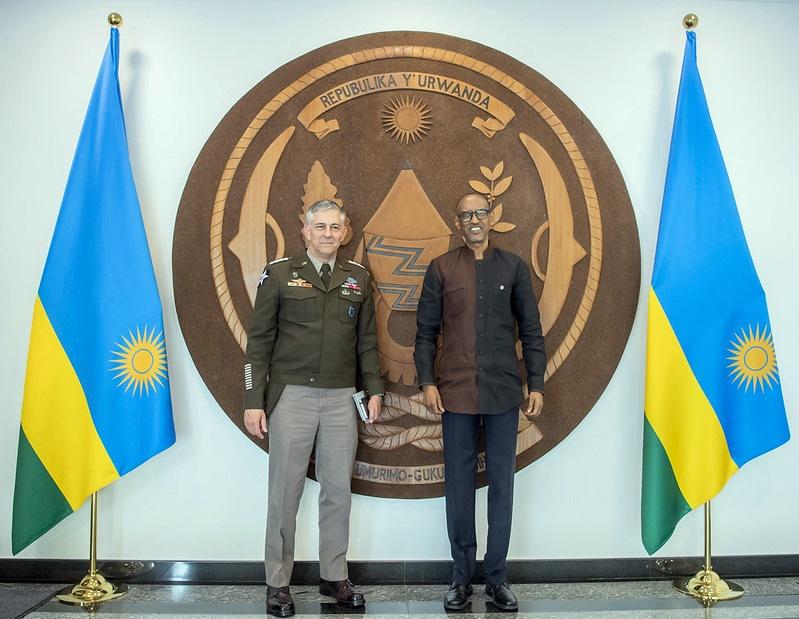
A secret purpose of Haines’ visit was very likely to shore up U.S.-intelligence collaboration with Rwanda and extend U.S. support in this realm.
The visit was a total dog-and-pony show designed to give the illusion that the U.S. is working for peace in Central Africa, when it is continuously backing Rwandan aggression.
According to Snow, the U.S. provides “total military support to Rwanda—full metal jacket. The U.S. is building a new base in Bugesera, Rwanda, with a new airport.”
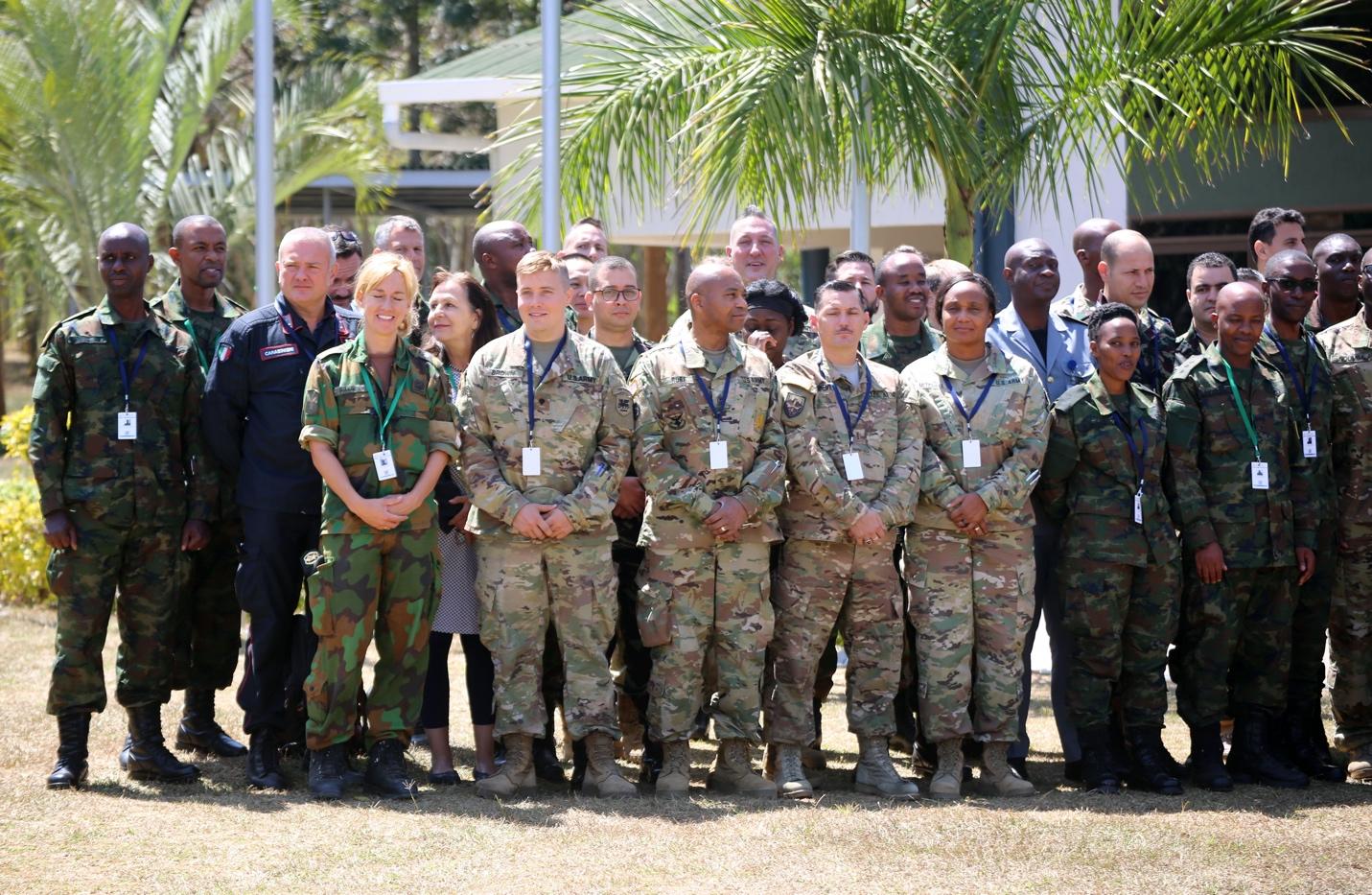

Part of the U.S. motivation is to sustain U.S. and Western corporate interests in relation to the Chinese who, according to Snow, are “everywhere [in the DRC]. Even in rivers and mines of Shabunda, Walikale, Kalemie, Kindu.” Chinese drones, recently acquired by Congo, struck Rwandan troops near Goma in early December.
In an attempt to gain an edge over the Chinese, the U.S. is currently investing $250 million in a rail corridor that would allow the transport of minerals from the DRC and Zambia to Lobitu Angola’s Atlantic port from which they can be shipped to Europe and the United States.
According to Snow, Tshisekedi, who recently compared Kagame to Adolph Hitler, wants Rwanda out of the DRC and has been “cleaning the Rwandan infiltrators out of the Armed Forces of the Democratic Republic of Congo (FARDC)’s military and intelligence services.”
Congo’s foreign minister said that his country loses $1 billion a year from smuggling of gold and other precious minerals through Rwanda.

Rwanda’s official pretext for its latest aggression is to destroy the Hutu-led Democratic Forces for the Liberation of Rwanda (FDLR) though, according to Snow, “there is no FDLR left in Congo and has not been for some time. If they produce FDLR ‘prisoners,’ they [Rwandans] are just dressing them up and presenting them, but they are faux, it’s a game, a charade.”
Kagame first learned to carry out this kind of charade during his training in psychological warfare methods at the U.S. Army Base at Fort Leavenworth in the early 1990s.
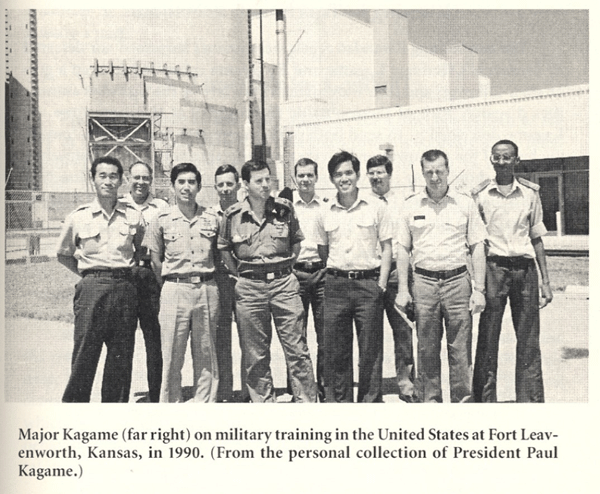
Snow noted that “it seems Kagame can use the Hutu bogeyman forever and people will still report what he says as if it’s the truth. No one can tell the difference between a Rwandan Hutu and a Congolese Hutu, and Congo’s army has Congolese Hutu in it. The whole Hutu thing is bogus.”
In another psychological warfare trick, Kagame’s agents are committing atrocities dressed up as their enemy to discredit them in the eyes of the local population and world media.
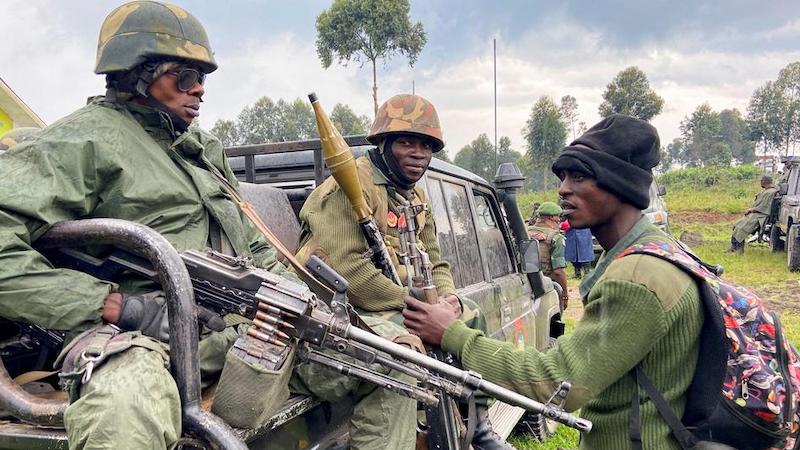
Part of the sinister game that the Biden administration is playing, according to Snow, is that it is pressuring Tshisekedi to negotiate, not fight, to the benefit of the RPF.
Snow said that the RPF is adopting a classic military tactic: “fight and talk. And while talks are going on, increase your advantage.” The U.S. pressuring Tshisekedi “is like the Arusha accords of 1993, where Habyarimana was forced to give up more and more power, and like the war in Sudan where Khartoum was forced to give up more and more power until finally Kagame and the RPF own Rwanda and SPLA [a U.S. proxy] owns South Sudan [which becomes a new country].”

Asked what the fighting was really about, Snow replied: “Control. Territory. Mines. Ores. Gas. Oil. Tanganyika province, for example, has new oil blocks up for grabs. But so do other provinces. The Western interests are pushing Kagame, but also backing their own horses.”
Snow added that “Kagame wants to annex eastern Congo, as always. It’s about resources but also land and power. And Kagame gets more U.S. and NATO military support when he destabilizes the region [Central Africa].”

- Keith Harmon Snow was invited to give a speech at the convention for the Rwandan government-in-exile in Paris. The speech can be read here.
-
Winter helped to establish the U.S. Committee for Refugees funding for RPF propaganda tracts and the RPF’s journal, Impuruza running from 1982 to 1994, which dehumanized the Hutu people, and organized a major conference of Tutsi exiles in Washington, D.C., in 1988 where a military solution to the Tutsi problem was decided. According to Ugandan dignitary Remigius Kintu: “Roger Winter was the chief logistics boss for [RPF] Tutsis until their victory in 1994.” Winter allegedly told a South Sudanese exile at the time [1994]: “I have now stabilized Rwanda and will turn my full attention to Sudan.” See Keith Harmon Snow, “Exposing U.S. Agents of Low Intensity Warfare in Africa,” August 8, 2012, https://www.wrongkindofgreen.org/2012/08/16/special-report-exposing-u-s-agents-of-low-intensity-warfare-in-africa/ ↑
-
See Judi Rever, In Praise of Blood: The Crimes of the Rwandan Patriotic Front (Toronto: Random House, 2018). ↑
-
Wayne Madsen, Genocide and Covert Operations in Africa, 1993-1999 (Lewiston, NY: Edwin Mellen, 1999), 157; J.E. Murphy, U.S. Made (Meadville, PA: Christian Faith Publishing, 2015), 135. ↑
CovertAction Magazine is made possible by subscriptions, orders and donations from readers like you.
Blow the Whistle on U.S. Imperialism
Click the whistle and donate
When you donate to CovertAction Magazine, you are supporting investigative journalism. Your contributions go directly to supporting the development, production, editing, and dissemination of the Magazine.
CovertAction Magazine does not receive corporate or government sponsorship. Yet, we hold a steadfast commitment to providing compensation for writers, editorial and technical support. Your support helps facilitate this compensation as well as increase the caliber of this work.
Please make a donation by clicking on the donate logo above and enter the amount and your credit or debit card information.
CovertAction Institute, Inc. (CAI) is a 501(c)(3) non-profit organization and your gift is tax-deductible for federal income purposes. CAI’s tax-exempt ID number is 87-2461683.
We sincerely thank you for your support.
Disclaimer: The contents of this article are the sole responsibility of the author(s). CovertAction Institute, Inc. (CAI), including its Board of Directors (BD), Editorial Board (EB), Advisory Board (AB), staff, volunteers and its projects (including CovertAction Magazine) are not responsible for any inaccurate or incorrect statement in this article. This article also does not necessarily represent the views the BD, the EB, the AB, staff, volunteers, or any members of its projects.
Differing viewpoints: CAM publishes articles with differing viewpoints in an effort to nurture vibrant debate and thoughtful critical analysis. Feel free to comment on the articles in the comment section and/or send your letters to the Editors, which we will publish in the Letters column.
Copyrighted Material: This web site may contain copyrighted material the use of which has not always been specifically authorized by the copyright owner. As a not-for-profit charitable organization incorporated in the State of New York, we are making such material available in an effort to advance the understanding of humanity’s problems and hopefully to help find solutions for those problems. We believe this constitutes a ‘fair use’ of any such copyrighted material as provided for in section 107 of the US Copyright Law. You can read more about ‘fair use’ and US Copyright Law at the Legal Information Institute of Cornell Law School.
Republishing: CovertAction Magazine (CAM) grants permission to cross-post CAM articles on not-for-profit community internet sites as long as the source is acknowledged together with a hyperlink to the original CovertAction Magazine article. Also, kindly let us know at info@CovertActionMagazine.com. For publication of CAM articles in print or other forms including commercial internet sites, contact: info@CovertActionMagazine.com.
By using this site, you agree to these terms above.
About the Author

Jeremy Kuzmarov holds a Ph.D. in American history from Brandeis University and has taught at numerous colleges across the United States. He is regularly sought out as an expert on U.S. history and politics for radio and TV programs and co-hosts a radio show on New York Public Radio and on Progressive Radio News Network called “Uncontrolled Opposition.”
He is Managing Editor of CovertAction Magazine and is the author of six books on U.S. foreign policy, including Obama’s Unending Wars (Clarity Press, 2019), The Russians Are Coming, Again, with John Marciano (Monthly Review Press, 2018), Warmonger. How Clinton’s Malign Foreign Policy Launched the U.S. Trajectory From Bush II to Biden (Clarity Press, 2023); and with Dan Kovalik, Syria: Anatomy of Regime Change (Baraka Books, 2025).
Besides these books, Kuzmarov has published hundreds of articles and contributed to numerous edited volumes, including one in the prestigious Oxford History of Counterinsurgency .
He can be reached at jkuzmarov2@gmail.com and found on substack here.


